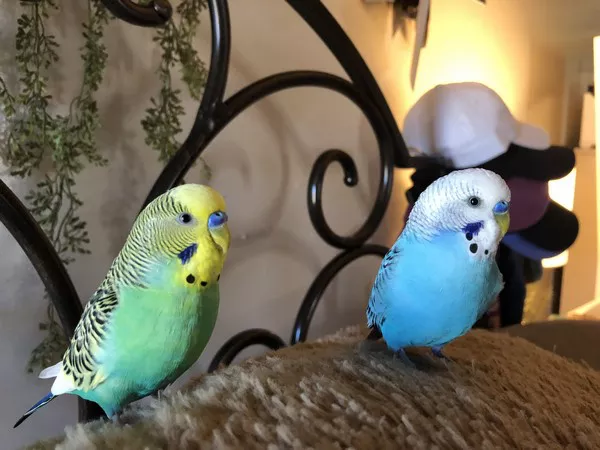How long do angelfish take to grow full size? This question often resonates with aquarium enthusiasts seeking to understand the intricacies of nurturing these elegant aquatic creatures. Angelfish, known for their graceful demeanor and distinctive appearance, have become a staple in many home aquariums. In this comprehensive guide, we delve into the growth timeline of angelfish, exploring factors influencing their development, and addressing common concerns that aquarists may encounter along the way.
Angelfish Growth Stages
Understanding the growth stages of angelfish is crucial for providing optimal care. Angelfish, belonging to the Cichlidae family, typically undergo distinct phases of development. From the tiny fry to the full-sized adult, each stage demands specific attention and conditions to ensure their well-being. The growth trajectory is influenced by various factors, including genetics, environment, and nutrition.
See Also: Growth of Freshwater Angelfish: What To Know
How Big Is a Full-Grown Angelfish?
Angelfish exhibit significant size variations, with adult dimensions ranging from 6 to 12 inches in height. The size largely depends on the specific breed and genetic factors. The most common varieties, such as the Pterophyllum scalare, generally reach a height of 6 to 8 inches. However, certain breeds, like the altum angelfish, can surpass 12 inches in height. It’s essential for aquarists to be aware of the potential size their chosen angelfish breed can attain to adequately plan for their habitat.
Factors Influencing Angelfish Growth
Several factors contribute to the growth rate of angelfish. Water quality is paramount, as these fish thrive in well-maintained aquariums with stable pH levels. Proper nutrition, consisting of a balanced diet rich in protein, is another critical element. Additionally, genetics play a role; some angelfish may naturally grow more rapidly than others due to their lineage. By comprehending and managing these factors, aquarists can create an environment conducive to the healthy development of their angelfish.
Why Are My Angelfish Not Getting Bigger?
Aquarists occasionally encounter situations where their angelfish seem to stagnate in size. Several factors could contribute to this phenomenon. Inadequate nutrition is a common culprit; angelfish require a diet that meets their nutritional needs for optimal growth. Poor water quality, stress, or the presence of diseases can also hinder growth. Regular monitoring and addressing these issues promptly can help ensure that angelfish reach their full potential size.
Ideal Aquarium Conditions for Angelfish Growth
Creating an environment conducive to angelfish growth involves meticulous attention to aquarium conditions. Adequate tank size is crucial, as overcrowded spaces can stunt their development. Maintaining stable water parameters, including temperature, pH, and hardness, promotes a stress-free environment for angelfish. Regular water changes and efficient filtration contribute to the overall health and growth of these captivating aquatic creatures.
Nutritional Requirements for Angelfish Growth
Angelfish, like any living beings, require a balanced and nutritious diet to grow optimally. A diet rich in high-quality pellets, flakes, and live or frozen foods such as brine shrimp and bloodworms ensures they receive essential nutrients. Providing varied food options helps mimic their natural diet, supporting healthy growth and vibrant colors.
How Age Affects Angelfish Growth
The age at which angelfish reach maturity varies based on factors like genetics and environmental conditions. On average, angelfish become sexually mature between six and 12 months. However, reaching full physical maturity can take longer, with some breeds requiring up to two years to attain their maximum size. Monitoring their growth milestones allows aquarists to adapt their care strategies as needed.
Common Challenges in Angelfish Growth
Despite careful attention, aquarists may encounter challenges in angelfish growth. Parasitic infections, such as gill flukes or internal parasites, can impede development. Identifying and treating these issues promptly is crucial. Additionally, aggressive tankmates or bullying within a community tank can stress angelfish, hindering their growth. Observing their behavior and addressing social dynamics can contribute to a harmonious environment.
Breeding and its Impact on Growth
Angelfish breeding introduces additional dynamics to their growth journey. After successful mating, angelfish become dedicated parents, guarding their eggs and fry. While this parental care is admirable, it may temporarily divert their focus from personal growth. Providing optimal conditions for breeding and offering a nutritious diet during this period can mitigate any potential setbacks in the growth of breeding pairs.
Conclusion
In conclusion, the question of how long angelfish take to grow full size is multifaceted, with various factors influencing their development. From understanding their growth stages to addressing potential challenges, aquarists play a crucial role in ensuring the well-being and optimal growth of these mesmerizing aquatic creatures. By combining knowledge, diligence, and a genuine passion for these fish, enthusiasts can create thriving environments where angelfish can reach their full potential in both size and splendor.
Related Topics:
Is Angelfish a Good Choice for Beginners?
Can Angelfish Coexist with Sharks in Aquariums?
How to Tell Whether Angelfish Are Kissing or Fighting?
























